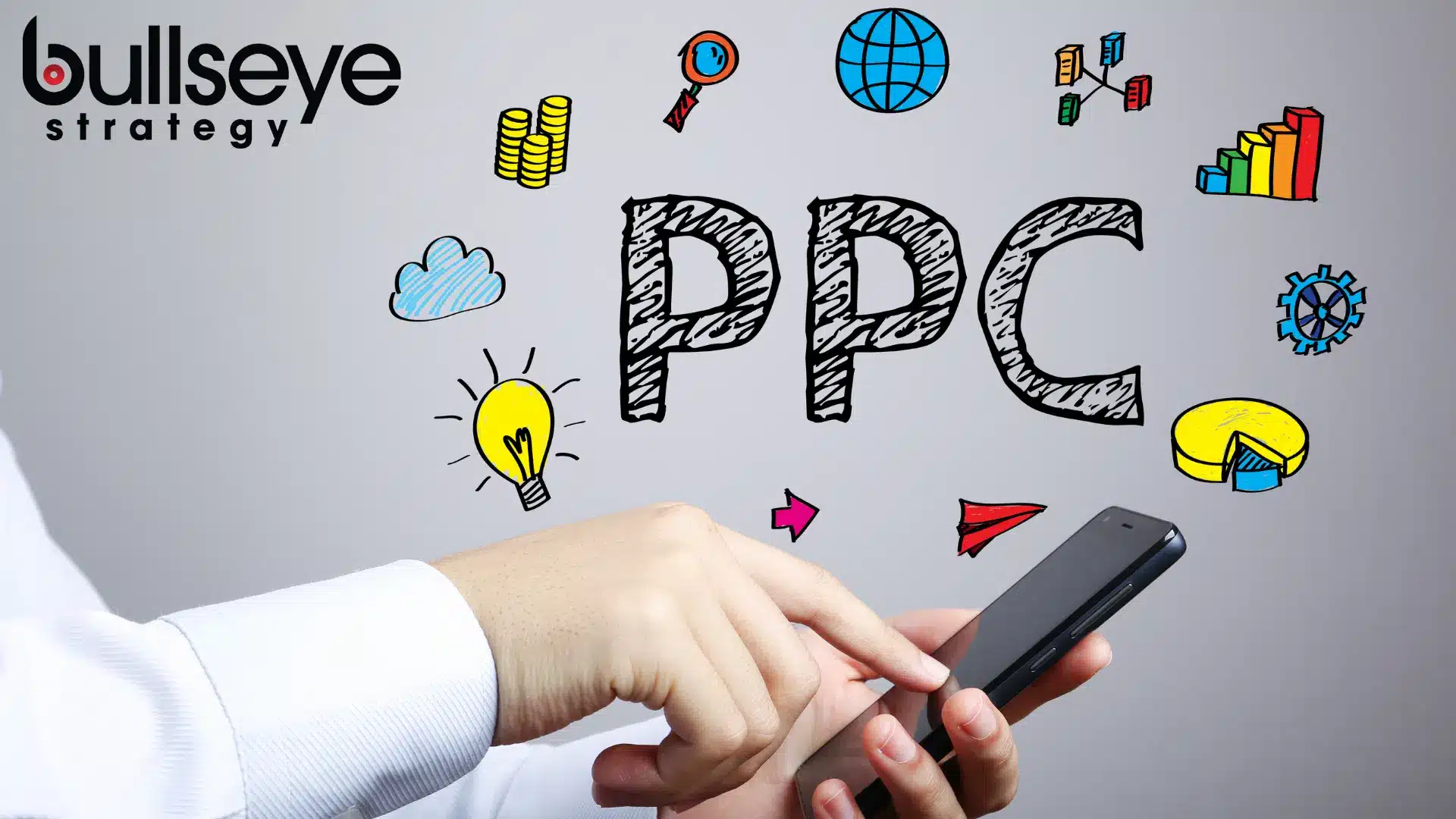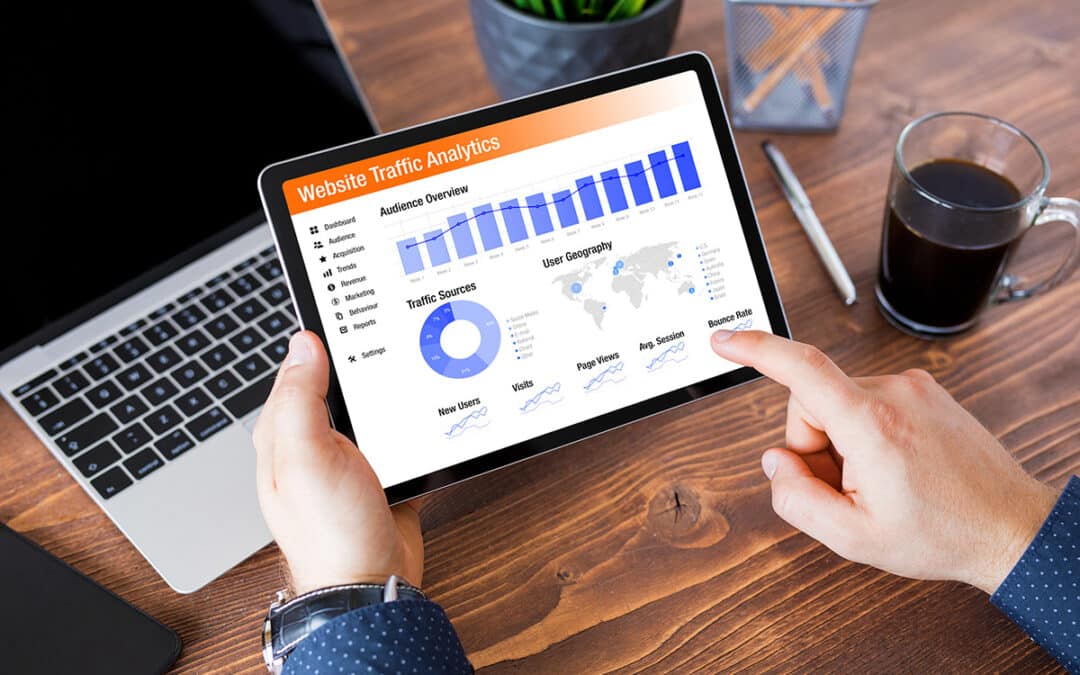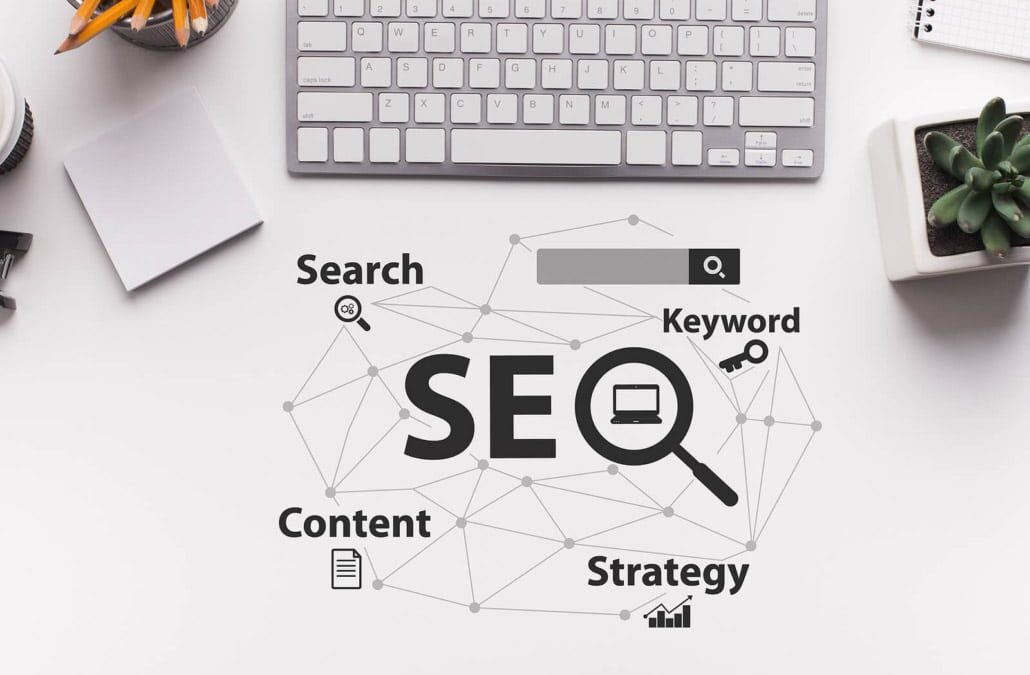When it comes to advertising for an eCommerce brand, PPC marketing has developed a long-standing reputation as one of the most highly effective methods. From Google shopping campaigns to Facebook ads, eCommerce PPC has become a reliable source of consistent, near-immediate results that can draw in high-quality leads.
In 2020, PPC was ranked as one of the top three best channels for high-volume leads, and the following year, companies spent $110 billion on search advertising alone. Now that the impacts of the pandemic have accelerated eCommerce by five years, competition is rampant among eCommerce PPC campaigns — leaving many marketers seeking sustainable, effective strategies for 2022.
What is Ecommerce PPC?
Ecommerce PPC, or pay-per-click advertising, is a digital marketing strategy that promotes an online marketplace and its products through paid ads. Ecommerce ads display on search engines like Google, social media networks like Facebook, and websites like YouTube. Ecommerce PPC is especially beneficial for a positive return on ad spend (ROAS).
Let’s break down why PPC ads are an excellent fit for eCommerce. For one, marketers only pay for pay-per-click advertisements when a user clicks on the ad, regardless of how many times the ad is displayed or how many users see it. This allows for greater control over your marketing budget and a more effective PPC campaign that doesn’t drain ad spend overnight.
Secondly, eCommerce PPC ads drive high-quality traffic to a client’s website. Marketers can craft a PPC campaign around branded search terms, such as a company name, as well as high-volume search phrases to ensure their website appears at the top of search engine results pages (SERPs). An eCommerce PPC campaign can occur on multiple platforms, namely Google and Facebook.
Why Use PPC for Ecommerce?
PPC campaigns are a reliable model for eCommerce advertising because they are incredibly data-driven. As a result, marketers can test and scale a campaign over time and limitlessly optimize, to constantly fine-tune PPC ads for maximum ROAS. PPC ads that return at least a 4:1 ratio are considered profitable.
An effective PPC campaign can drive significant brand awareness for an eCommerce business. Paid ads can increase brand awareness by 80% so that consumers can become more familiar with your company. In addition, research shows that a consistent presentation of a brand, such as appearing at the top of related search results, can increase revenue by 33%.
However, that’s not all that appearing at the top of search results can do. A surprising 40% of all clicks on the first page of a search engine are for the top three ads, meaning eCommerce PPC ads for highly relevant search terms can receive dozens of clicks per day. On Facebook, 9.21% of eCommerce PPC ads convert, making it the highest converting platform available.
Still not convinced? Consider just a fraction of the additional benefits of eCommerce PPC:
Establish Your Own Budget
PPC campaigns allow control over a wide array of default campaign settings, including budget flexibility. Marketers can set their ad budget and bids, establish how much they’re willing to spend, and pause and stop ad spending as they wish.
Hyper-Target by Market and Location
Ecommerce PPC ads enable marketers to target the market they know purchases most often through other channels. Ecommerce marketers can also bid adjust based on traffic locations with high cart value or international shipping costs.
Raise Quality Score, Lower Cost Per Conversion
A Quality Score is a number between 1 and 10 that Google assigns to rate the quality and relevance of keywords and PPC ads. Relevant keywords that lead to high-quality landing pages at a high click-through rate (CTR) often incur higher ad rankings at significantly discounted costs.
Appear On Top of Competitors
Ecommerce PPC campaigns allow marketers to set specific keywords for product-related queries and branded search terms. When combined with a search engine optimization (SEO) strategy, brands can appear above competitors in relevant SERPs without the fear of algorithm changes or platform updates.
Measure and Track Seamlessly
Effective tracking and reporting is the key to a successful eCommerce PPC campaign; fortunately, PPC ads are some of the simplest to measure. Free tools like Google Ads in conjunction with Google Analytics or Facebook Ads Manager allow marketers to keep the pulse of PPC ads and monitor ad spend over time.
Bear in mind, these benefits may not be fully realized unless the right strategies are implemented.
Ecommerce PPC Strategies to Consider
When many marketers think about eCommerce PPC advertising, their mind goes straight to search ads. Though this typically involves a debate over Bing ads vs. Google ads or how marketers will navigate Google’s new cookie-less third-party data policy, many individuals leave paid social out of the equation entirely. Realistically, it is the sum of two parts:
- Social PPC and Facebook ads
- Google PPC and shopping ads
To set your eCommerce advertising campaigns up for long-term success, you’ll want to combine the best practices for each platform.

1. Social PPC Strategies
Where traditional PPC ads often take the shape of text ads or banner ads, paid social has numerous formats and placements for eCommerce advertisements. The most common are Facebook and Instagram News Feed, though others include Facebook Marketplace, Video Feeds, Messenger Inbox, and Right-Hand Column. The appearance of a Facebook ad is often the first strategy to deploy.
Compared to Google Ads, Facebook ads are substantially more visual and seamless. Content is integrated into a user’s platform as they scroll, rather than sit on top of SERPs or at the bottom of a YouTube video. This is important because Facebook users don’t share the same active user intent as Google searchers actively looking for a product or service.
Therefore, the best Facebook ads should organically blend into a user’s News Feed to promote a product without interrupting a user’s experience on the platform. In other words, your social PPC eCommerce ads should be grounded in high-quality media, like photos or videos. Once you have the content ready to go, look at the best strategies to build an effective PPC campaign.
Social Listening
Social media platforms like Facebook and Instagram create unique opportunities for brands to tune into what consumers are saying about them, their competitors, and their products or services. Track these conversations — and engage where appropriate — to monitor the general sentiment about your brand and gain valuable consumer insights.
Advanced Targeting
Social media sites are where consumers go to share their interests with friends and family. As a result, platforms like Facebook are rich with first-party data insights like popular brands, products, demographics, and more. This data allows marketers to leverage Facebook audience and interest targeting to locate the ideal audience for eCommerce PPC campaigns.
Lookalike Audiences
Lookalike audiences are one of Facebook’s most praised targeting options by marketers who can upload data about their current customer base to Facebook and receive an audience similar to the original base in return. This new customer list will prospect alternative consumers who have the same interests and buying behaviors as existing customers.
If you’re looking for more information specifically on paid social, don’t forget to check out our Facebook advertising guide.
Google PPC and Shopping Ads
Google Ads are generally the first thing people think of when they hear the term “PPC.” These ads display your products to highly interested shoppers across Search, Display, YouTube, partner sites, and Google Shopping. Unlike other Google PPC options, Google Shopping ads leverage both Google Adwords, and Google’s Merchant Center product feeds to generate retail-centric campaigns.
Rather than text-based Google Search ads, which rely on keywords, Google Shopping ads use product data to connect with a user actively searching for relevant products. One may argue that a Shopping ad targets users with an even higher intent than a Search ad since Google Shopping ads display to shoppers who are actively searching for the products you’re selling.
From Search to Shopping, bidding for all types of Google eCommerce PPC ads can be automated or completed manually. Automated takes the guesswork from setting bids to meet your performance goals; however, manually bidding lets users become even more granular with specific ROAS goals. Simply set a budget, identify exact geolocations, and check out the below tips.
Mobile-First Accessibility
Now more than ever, consumers are using mobile devices to search and shop on the go. Mobile devices accounted for 61% of organic search engine visits, and Google specifically accounted for 92% of overall search visits in the U.S. So, it’s crucial that your eCommerce PPC ads — as well as your website — are designed with a mobile user in mind. Leverage Google’s unique mobile-targeting capabilities to cater your PPC campaign to a mobile-first audience.
Long-Tail and Negative Keyword Lists
A solid PPC campaign is grounded in both long-tail and negative keywords. Long-tail keywords are longer, more specific phrases that are generally easier to rank for due to lesser search traffic and lower competition. Though the search traffic is less for these terms, consumers seeking out long-tail keywords typically intend to make a purchase.
On the other hand, negative keywords are phrases you don’t want your PPC ads and website to rank. When you build a negative keyword list, you essentially tell Google not to display your ad for those specific phrases. Common negative keywords for eCommerce PPC include phrases like cheapest, clearance, coupons, and other phrases that could cheapen your brand.
Ad Extensions
Ad extensions are a unique Google feature that displays additional business information beneath your ads, such as your address, phone number, or webpage links. These extensions help consumers learn more about your eCommerce business while still on SERPs to enhance brand awareness and give users multiple pathways to enter your website to improve your overall conversion rate.
Monitor Campaigns and Optimize Product Pages to Boost Conversion
Ecommerce PPC management is a significant component of the overall success of your paid media. So, once your campaigns are set up, be sure to monitor and report on your success. It’s crucial to implement proper tracking — through Google Analytics and Ads Manager — to learn how your ad clicks correlate with the actual conversion rate.
Continue to optimize your eCommerce PPC ads as data begins to roll in. Start by implementing A/B tests for numerous variables, such as your call-to-action (CTA) on social media or ad extensions on Google. Adjust your ad copy to improve your relevancy and Quality Score, and try out multiple forms of creative on social to find your highest-performing assets.
Likewise, don’t forget to implement remarketing ads for consumers that visited your website but never made a purchase. Just 2% of website visitors convert on the first visit; however, users who view remarketing ads are 70% more likely to convert. But before you hop right into retargeting, consider if it’s your website or product pages that are preventing a conversion.
How to Improve Poor Performing Product Pages
Proven methods to optimize product pages to increase conversion potential include:
- Improve Site Speed. A 100-millisecond delay in load time can reduce conversion rates by 7%, and a two-second delay can boost bounce rates by 103%.
- Implement Visitor Recording and Heat Mapping. Free tools like Microsoft Clarity offer enhanced behavior analytics that help visualize how users are interacting with your eCommerce site and where they ultimately drop off.
- Optimize for User Experience (UX). Everything from clear CTA buttons to one-click Add to Cart and Checkout options can drastically improve the UX of your product pages.
- Install Customer Satisfaction Plugins. Live chat plugins like tawk.to are free software options to quickly answer customer questions and remove barriers to purchase.
- Leverage High-Quality Images and Copy. Visitors must be able to clearly see and understand what it is you’re selling, so use only high-quality assets for product pages.
Put Your Ecommerce PPC Campaigns in Trusting Hands
Ecommerce PPC campaigns can take multiple shapes, from Google Shopping ads to Facebook News Feed ads. No matter which platforms you leverage for, your eCommerce PPC paid ads can help drive quality leads to your website in an easily trackable manner. If you haven’t implemented a sustainable eCommerce PPC strategy yet, now is the time to start.
Seek help formulating the best possible eCommerce PPC campaigns with a full-service marketing agency that has more than a decade of paid media experience. At Bullseye Strategy, our knowledgeable team of digital marketers will work with your brand to construct a campaign that’s on-brand, on-budget, and on-target.
Don’t wait to put your eCommerce PPC campaign in action. Contact Bullseye Strategy today.








